
Panorama of summertime in St. Mortiz
A short blast in a vintage Ferrari from the crowds of the Côte d’Azur, the two most prestigious villages in the Alps offer glamour, sunshine, fine dining and more than enough space. Darius Sanai would go nowhere else in summer
Walking through the grand dining room of Le Restaurant at the Badrutt’s Palace, I felt two dozen pairs of eyes glance up at me. Our table, a good one, was a little beyond the centre of the room, meaning a decent double catwalk’s length stretched between the landing at the bottom of the staircase leading from the lobby hall, to the sanctuary of the table. The glances – Badrutt’s Palace clientèle is far too well brought up to stare – varied between the mildly interested and the appraising. The Palace has a claim to be the grandest legacy hotel of the Alps, the epitome of old money in St Moritz, the resort which personifies Europe’s inherited and regenerated wealth. Its regular guests wanted to know who was joining them.
After a couple of days, we got to know the Badrutt’s regulars, at their tables. The lady in the Chanel glasses, immaculate in white Dior trousers and a vintage Dior jacket, sitting and nursing her green tea and water, reading the Süddeutsche Zeitung. A ringer for Greta Garbo, she could have been one of a number of German movie stars from the sixties. The young couple with a little boy who conversed with them in French, English and Italian, seemingly at will, and who had befriended all the waiters. The jolly English family, extending from a baby via teenage girls on Instagram to a paterfamilias who looked like he had enjoyed as many bottles of First Growths as he had bought and sold enterprises. After three days, we started to feel at home.
Follow LUX on Instagram: the.official.lux.magazine
Badrutt’s is the hotel of St Moritz; if you want to get in to its New Year’s Eve gala dinner, you had better get in your time machine and ensure your great-great-grandmother marries a significant German count. We were there in summer, when it’s easier to book a room; in fact, the occupancy ratio was perfect, with enough people around to create a buzz, but enough space not to feel remotely crowded.
If Le Restaurant, with its etiquette and dress code, suggests the formal holiday experiences of the past, around 50m diagonally below it, cut into the rocks, is the holiday experience of today. A 25m pool, with picture windows facing the mountainsides across the valley and an extensive spa and wet area. The pool is bordered on one side by a 5m-high rock formation, which serves as diving board, waterfall and, underneath, a cave. Outside on the great lawn are swings, slides and a trampoline, all with a dramatic view.
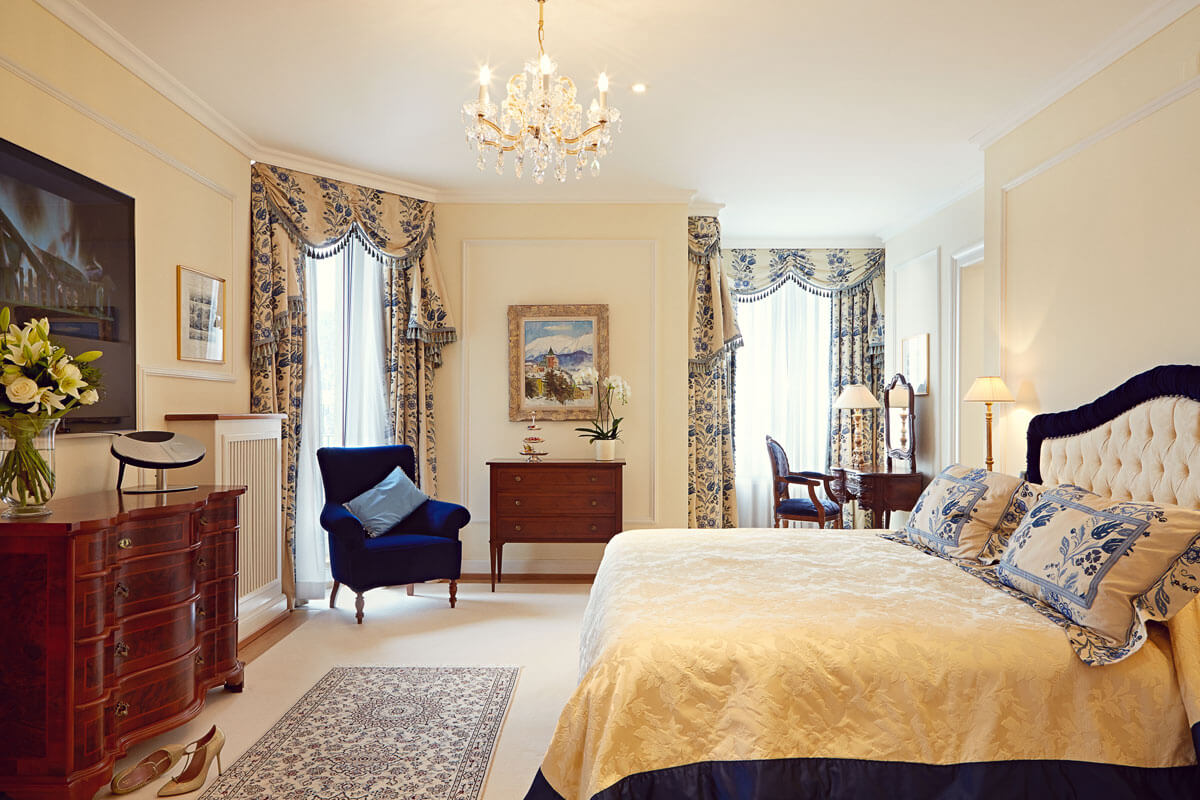
The Hans Badrutt Suite
Our rooms had the same view, albeit from a slightly higher vantage point; creams and floral curtains, subtle wood panelling and mahogany furniture suggest the tastes of the European aristocracy who form the heart of the hotel’s clientèle.
One of the most charming, and certainly the most surprising, element of the hotel is a little chalet that sits on the hillside across the road from the main building. Chesa Veglia is an ancient chalet that now belongs to the hotel, housing three restaurants, including a casual-chic rustic pizzeria, where the super-rich can eat with their hands and pretend to be normal people. We sat at a table on a first floor balcony, watching informal St Moritz in action; one of our party was invited down to make pizzas with the chefs in the open kitchen. The pizzas, Napoli-style, were picture perfect.
Read next: CEO & President of Acqua di Parma Laura Burdese on the unique beauty of craftsmanship
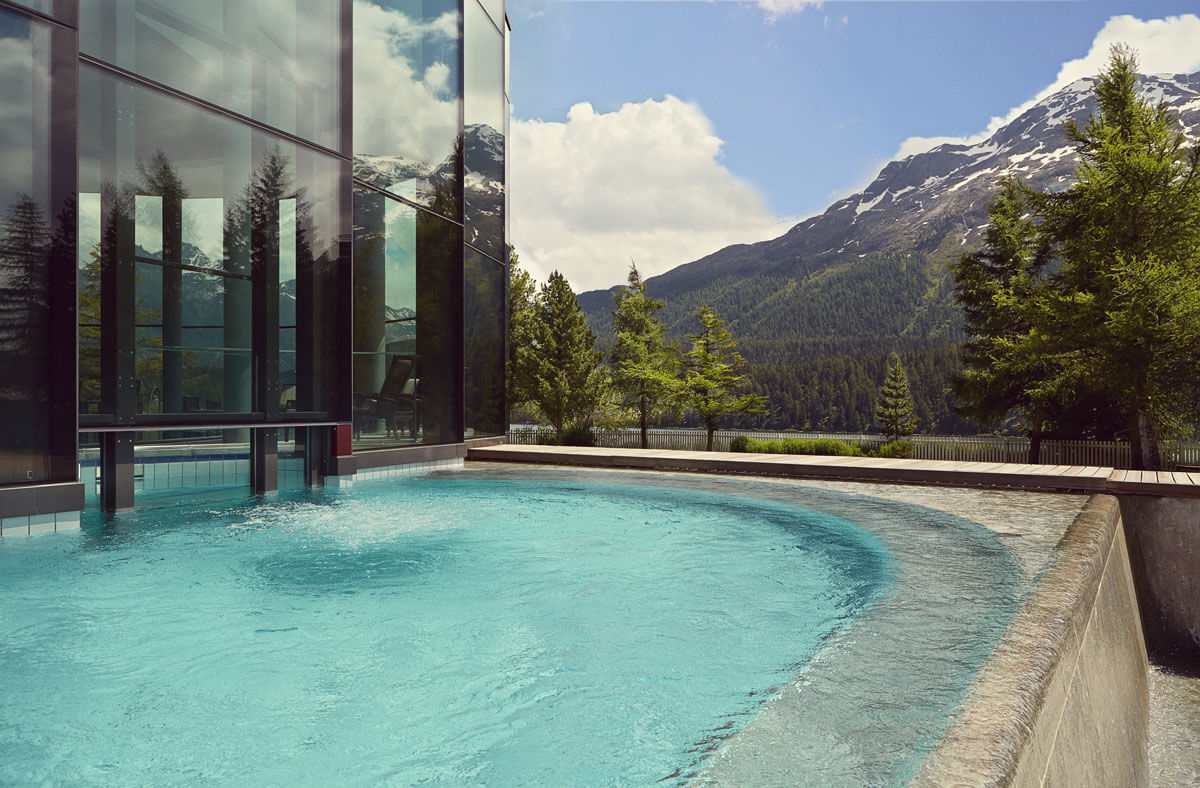
Badrutt’s outdoor swimming pool
It would have been easy to chill out in Badrutt’s for five days, perhaps stepping outside for a little jewellery shopping, before sliding into the limo and slipping away across Europe. I get the idea a lot of people do; while it’s 1800m up in a high Alpine valley, unlike many villages in the Alps, St Mo is not exactly crawling with people who look like they clamber up rock faces for fun.
But the mountains either side of the broad, high, light Engadine valley are far too tempting for anyone with a little mountain blood in them to ignore. On the second day, we took a funicular train through a steep forest, emerging at an Art Deco-inspired hotel called Muottas Muragl. High on a ledge just above the tree line, the hotel’s restaurant terrace floated over the Engadine, with the valley’s lakes set as blue splashes against the deep meadows; and also over another valley branching out immediately below, which rose to a wall of high peaks thickly covered in snow and ice. In this surreal setting, on a warm, sunny summer’s day, we sat on the terrace, and chose from a short menu strong on local ingredients and with a dash of panache. Perhaps it was the clear mountain air which augmented the senses (although a lack of oxygen is supposed to suppress taste buds) but the beef tartar with cognac tasted more vivid, more limpid, than its famed counterpart at the Cipriani; and a ‘Pork steak gratinated with tomato and mountain cheese on red wine sauce with pappardelle and vegetables’ had clearly delineated flavours, unlike some mountain food. The Muottas Muragl terrace was as memorable as its name, and we lingered until the view started to fade in the late afternoon light, before staggering down the mountain through a forest.
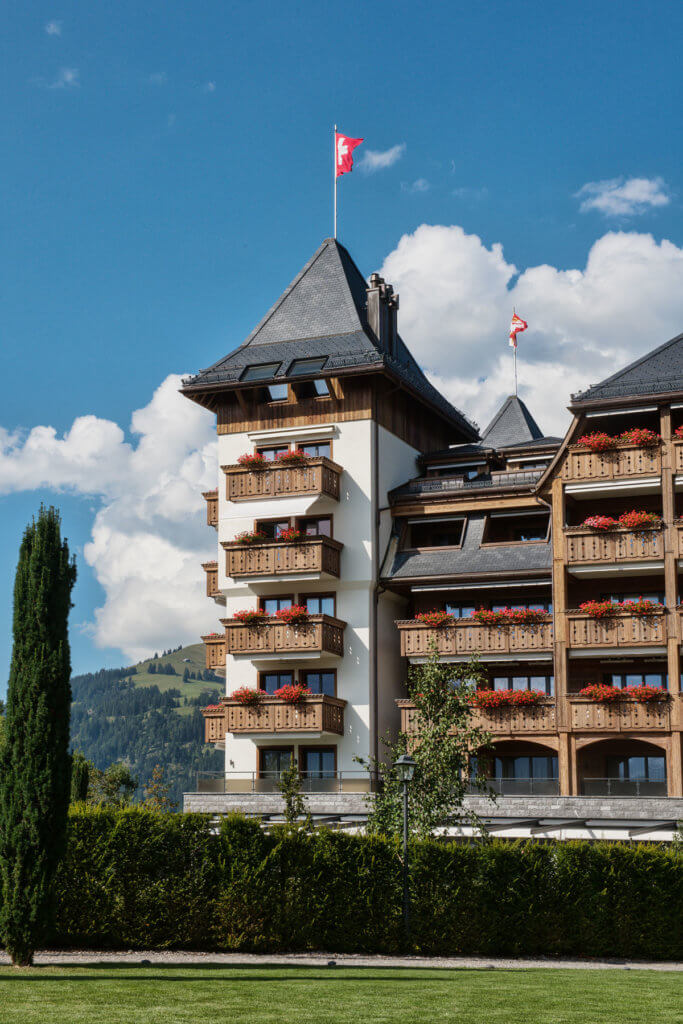
The Alpina is built on a knoll just above the village of Gstaad, facing off against the Palace, on its neighbouring knoll.
Apart from St Moritz, Switzerland, the country where the world’s wealthy have stored their money and visited for sport for the past century or more, has a few mountain village destinations that are known to the high net worth A-list. Zermatt, Crans-Montana, Verbier, Wengen, Arosa; all have their bijou appeal, their private bank branches, and are witness to a parade of furs in winter. But perhaps nowhere epitomises what Henry James called “the happy few” (the reference was ironic, but is now not always used as such) as Gstaad. And if the Palace Hotel has been the embodiment of old money at play for more than a century, its new rival, The Alpina Gstaad, tries to take everything to a new high.
The Alpina is built on a knoll just above the village of Gstaad, facing off against the Palace, on its neighbouring knoll. For breakfast here, we were ushered through a room combining ancient Alpine timbers and contemporary art and colour, onto a granite-lined terrace next to a flowerbed and a few metres from an outdoor pool. Beyond the pool, a lawn and more flowers, and then an uninterrupted view across a broad valley to round, forested hillsides, with rocky peaks splashed with snow beyond.
It was August when we visited the Alpina. Gstaad is one of the lower Alpine resorts, at 1000m lying roughly halfway between the high-Alpine vibe of the likes of St Moritz or Courchevel, and sea level. The sunshine was hot, tempered only by a hint of glacial cool. It wasn’t a great leap to imagine the crowds on the Côte d’Azur and people leaping off yacht diving boards, a few hours’ drive in the Ferrari, to the south. But, unlike the Med, the terrace at the Alpina was both sun-splashed and tranquil. After breakfast we walked the few metres to the pool’s sun loungers and spent the day sipping Margaritas and occasionally taking a dip, being careful not to get burned in the (semi) mountain sun. We had a few other people for company, but it all felt as private as having your own villa.
In the evening, we strolled down to the village; there were no teeming hordes here, either. Just enough people, from families to retired residents and the occasional romantic couple; just enough vibe.
Gstaad may be a gentler location, but it is still very much in the Alps; on the next day we took a cable car to Wispile, at the top of the small mountain overlooking the village. From the terrace here there is a 360-degree vista, towards high, glacial peaks to the south; across spiky, meadow-lined foot-peaks to the east and west; and to the northernmost ridge of the Alps to the north, with a glimpse of the hazy lowlands of Switzerland beyond. We walked along a series of meadows, past forests and farmsteads, through herds of curious cattle, and were ourselves herded onto a rock by an Appenzell cattle dog, until its smiling farmer owner emerged from a barn to tell us she was harmless.
Read next: The world’s most exclusive polo tournament in Gstaad
A steep, zigzag path dropped down through a forest, so dark we only had snapshots of the precipitous fall beneath us; after almost disappearing through a muddy field, the path emerged again and led us to a hotel on the edge of a little village, Lauenen, where we had a refreshing beer and called a taxi to take us back to dinner in another picture-postcard village, Schoenried. This is on a little plateau above Gstaad, and at its gourmet restaurant, Azalée, we felt we had no choice but to try the Simmental beef – acclaimed throughout the Alps, and from the valley we were in. The Azalée, with its vista across the Gstaad valley, was a gentle, spiritual place to be as summer evening turned into night.
Switzerland is the home of haute-hotellerie; nowhere has a higher concentration of five star hotels in small towns and villages. These hotels have faced a challenge as a new generation of wealthy guests arrives, brought up on the casual chic of the likes of Ian Schrager’s creations and the Soho House group. How much do they bend to cater for the new guard? In some cases, new hotels have sprung up which feel a little out of place, Greenwich Village in the Alps. In the case of the Alpina, which was created in 2012 on the site of an old hotel of the same name, the balance is exemplary. The building feels local through its extensive use of timber rescued from abandoned Alpine buildings and huts, and through the local stone on display throughout. It feels contemporary through the openness of its internal architecture, its colour, light and the museum-quality art displayed throughout, courtesy of its owners. None of that would matter if the quality of offerings didn’t stack up.
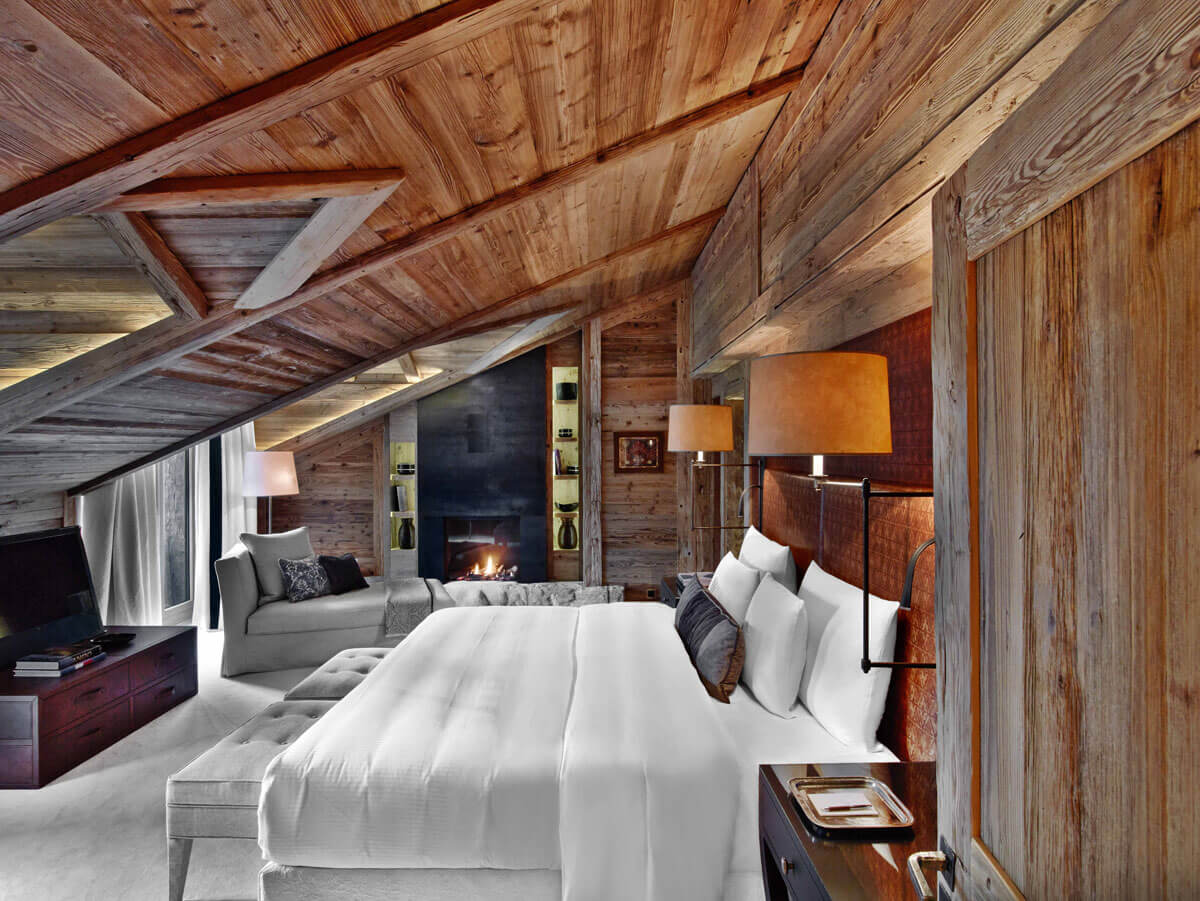
Chalet style interiors of one of the bedrooms at the Alpina
Sommet, the main restaurant, has a Michelin star, the highest Gault-Millau rating in the area, and a wall sculpture composed entirely of cutlery, under which we were seated. Expecting fine but rich Alpine fare, we were surprised: then executive chef Marcus Lindner’s tasting menu is 100% vegetarian, with carnivores catered to on request (Lindner has since been replaced by Martin Göschel). Redolent of the aromas of Alpine meadows, the succession of dishes proved that meat is far from essential to a signature evening: as one example, the artichoke with truffles from Perigord, sweet chestnut and brussels sprout was as savoury and protein-balanced as you could hope. It would be hard to match such an experience – in such a refreshingly light ambience – let alone to do so in the same establishment.
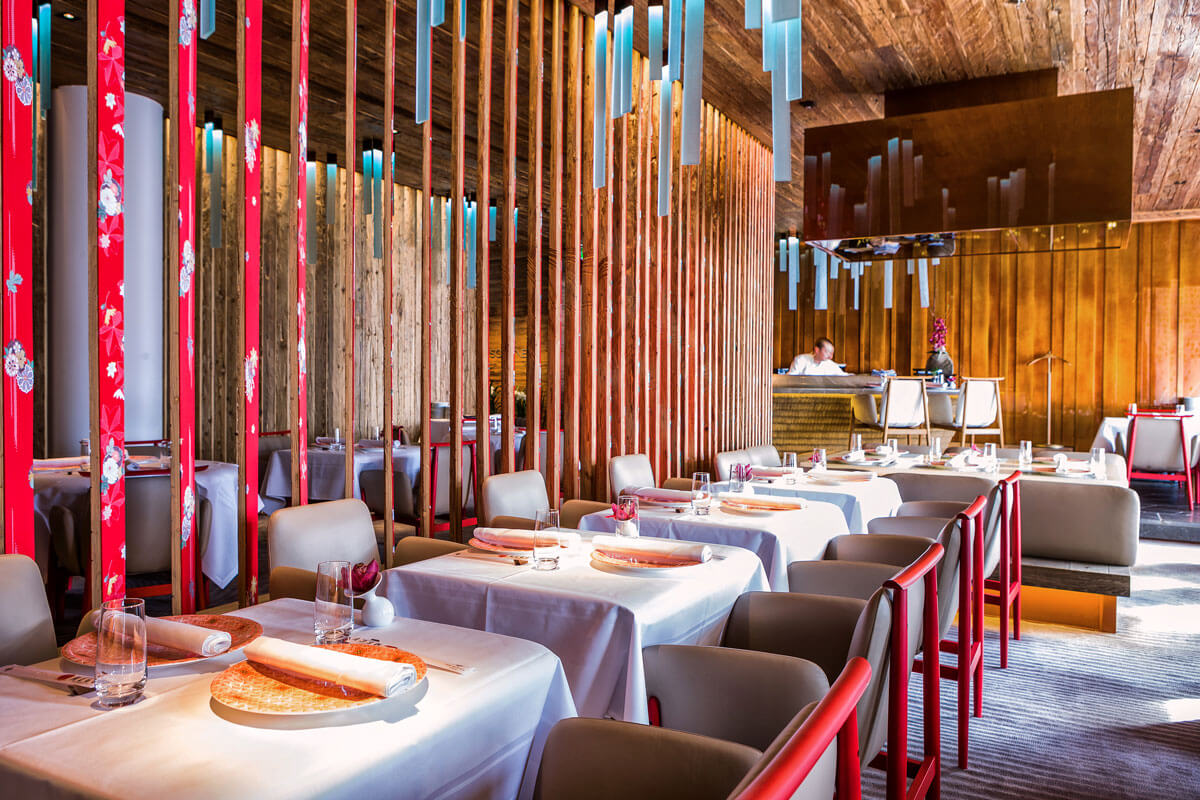
Megu is the Alpina’s Japanese restaurant, bringing the flavours of Tokyo to the Swiss alps
Megu is a Japanese restaurant, overseen by chefs who have come over from the homeland expressly to create a slice of finest Tokyo in the Alpine hills. Toro tartare with ponzu sauce, fresh water shrimp and Oscietra caviar was a study in subtle contrasts. We developed a serious yearning for the crispy asparagus crumbed with Japanese rice crackers, chilli and lemon – more, please, every day. It’s fine dining with a slice of wit, and a thorough and reasonably priced Swiss wine list – pinot noirs from Malans, Cornalin from Valais, local white grapes from the edge of Lake Geneva, all wines you just can’t find outside Switzerland.
Megu–sleep–pool terrace–repeat. What’s not to love about August in the Alps?
Our thanks to the Switzerland Travel Centre for organising first-class transportation on Switzerland’s beautifully efficient train network: switzerlandtravelcentre.co.uk
badruttspalace.com, thealpinagstaad.ch





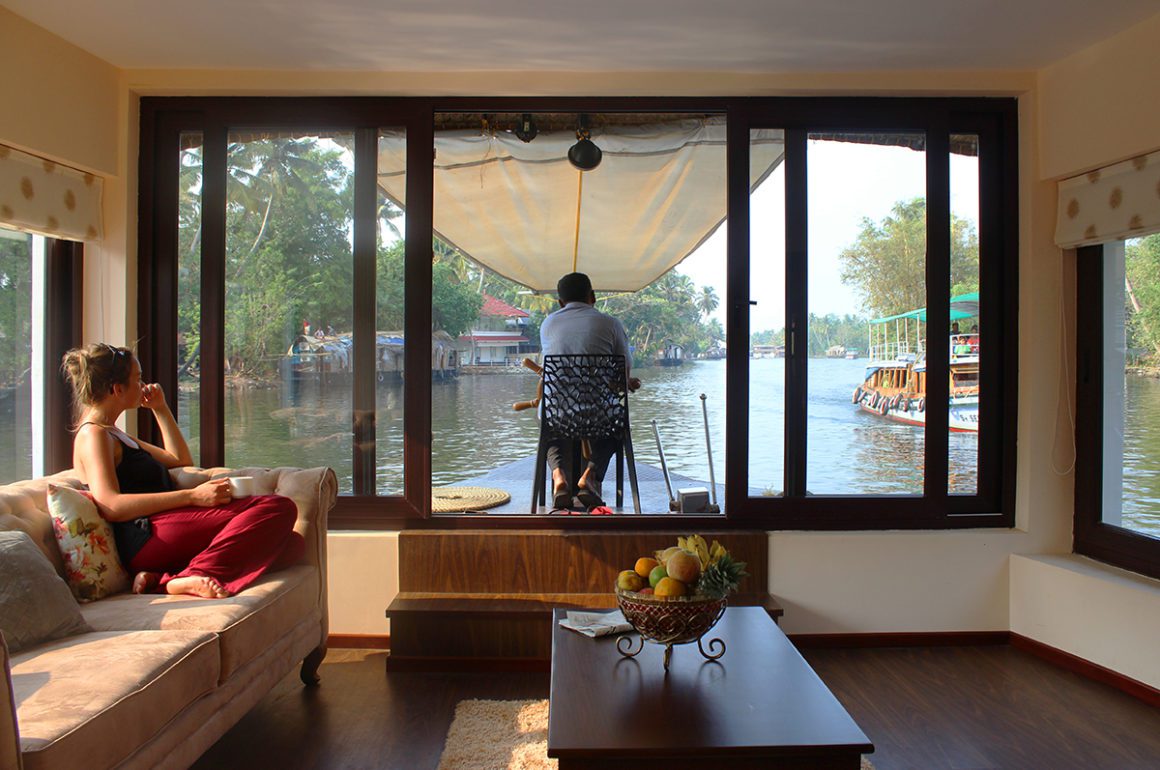
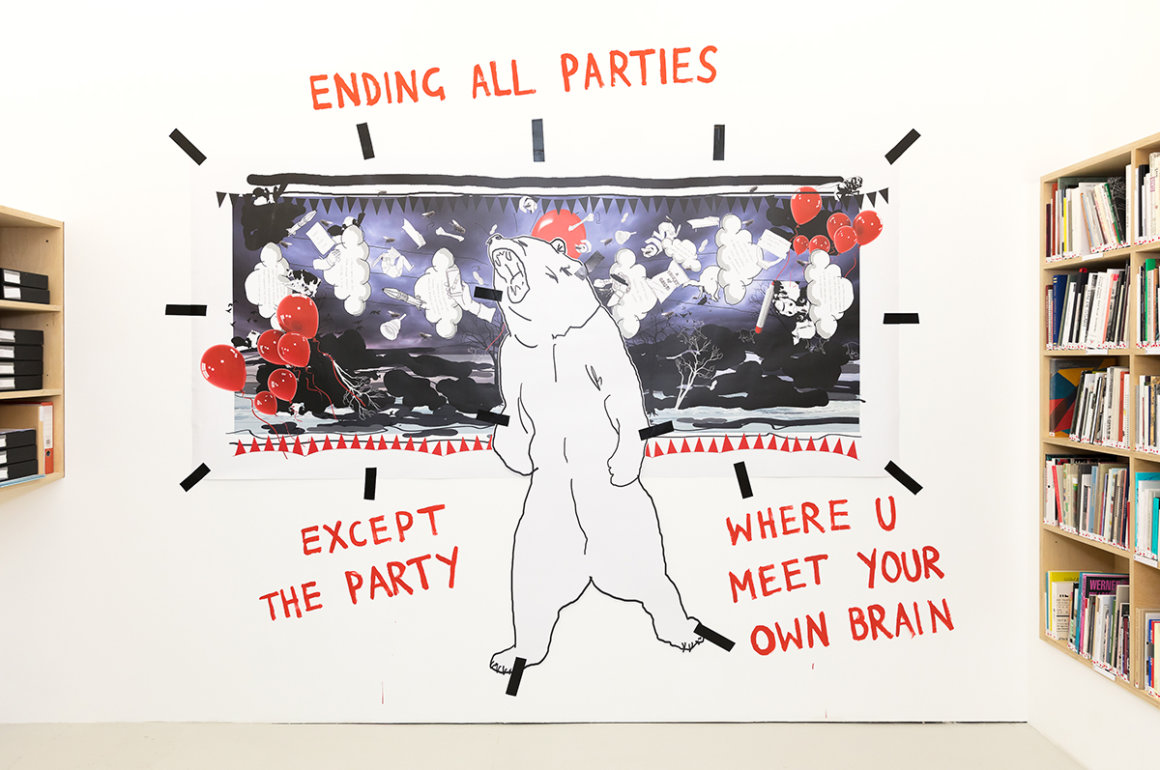
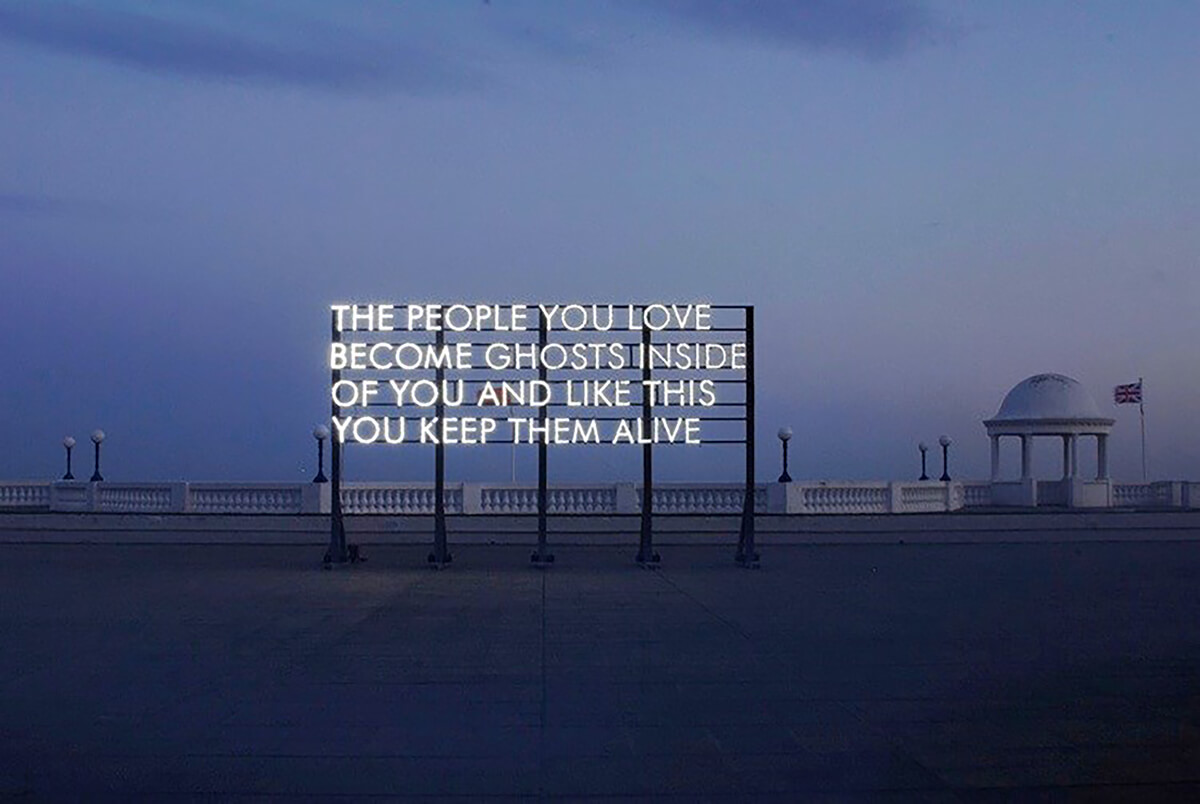


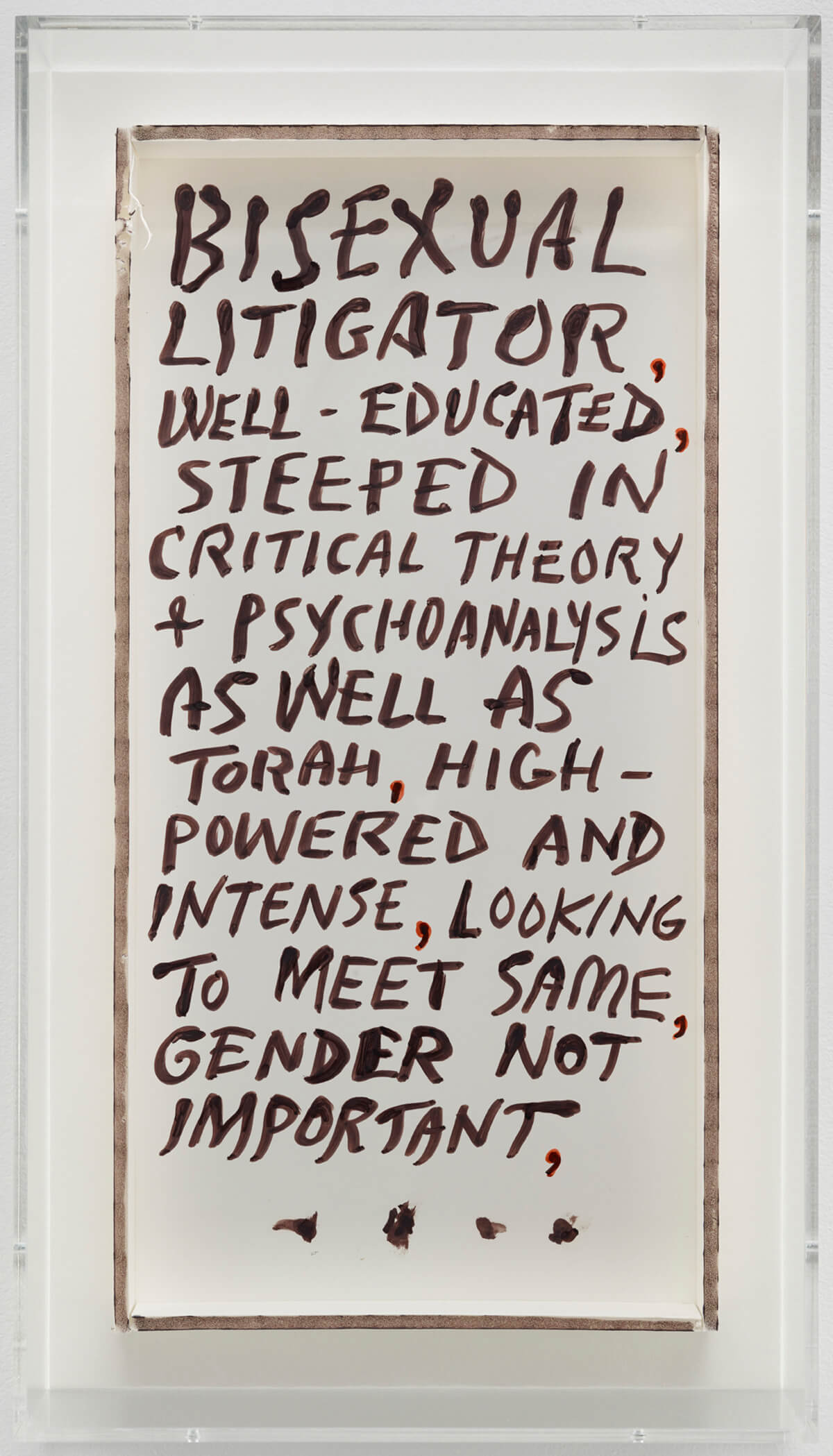
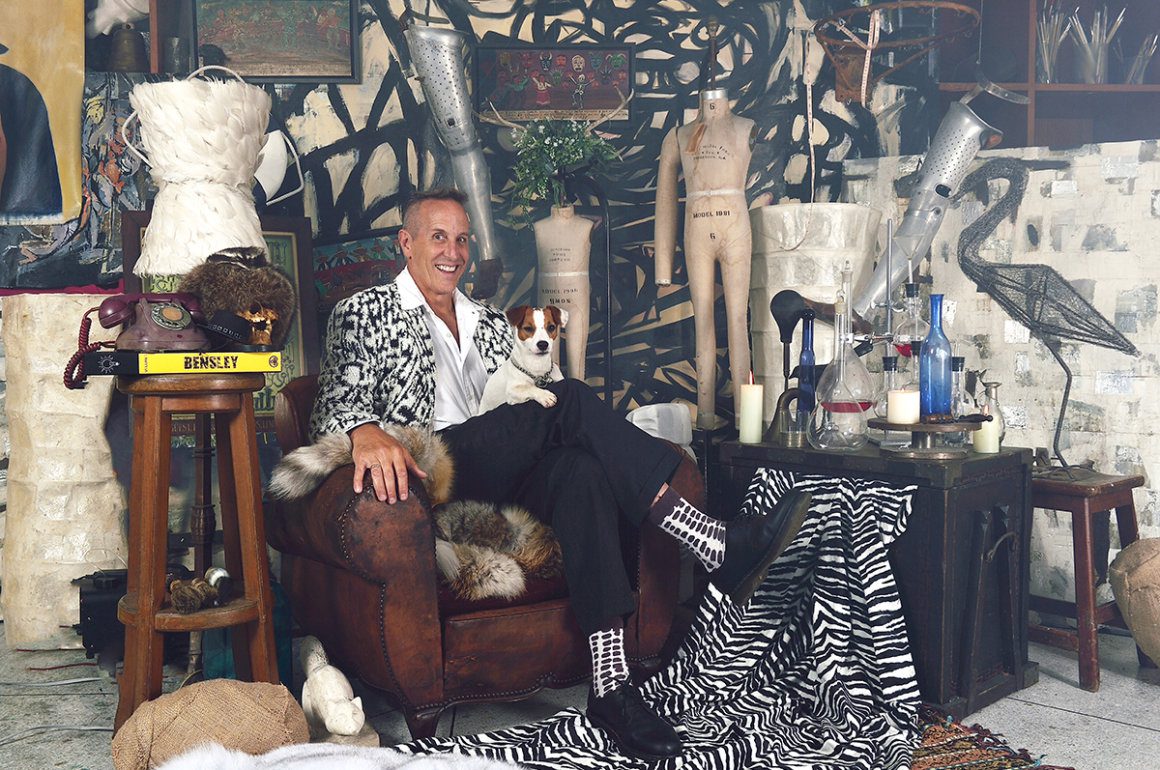
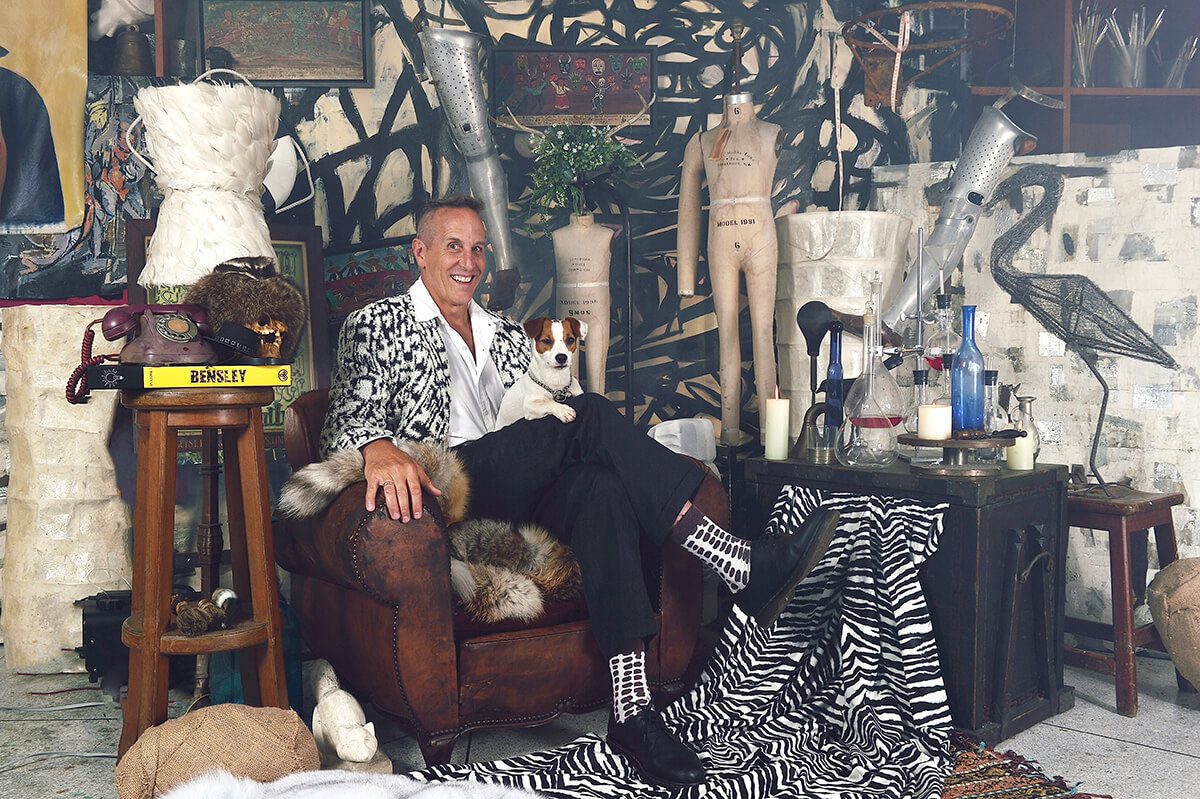
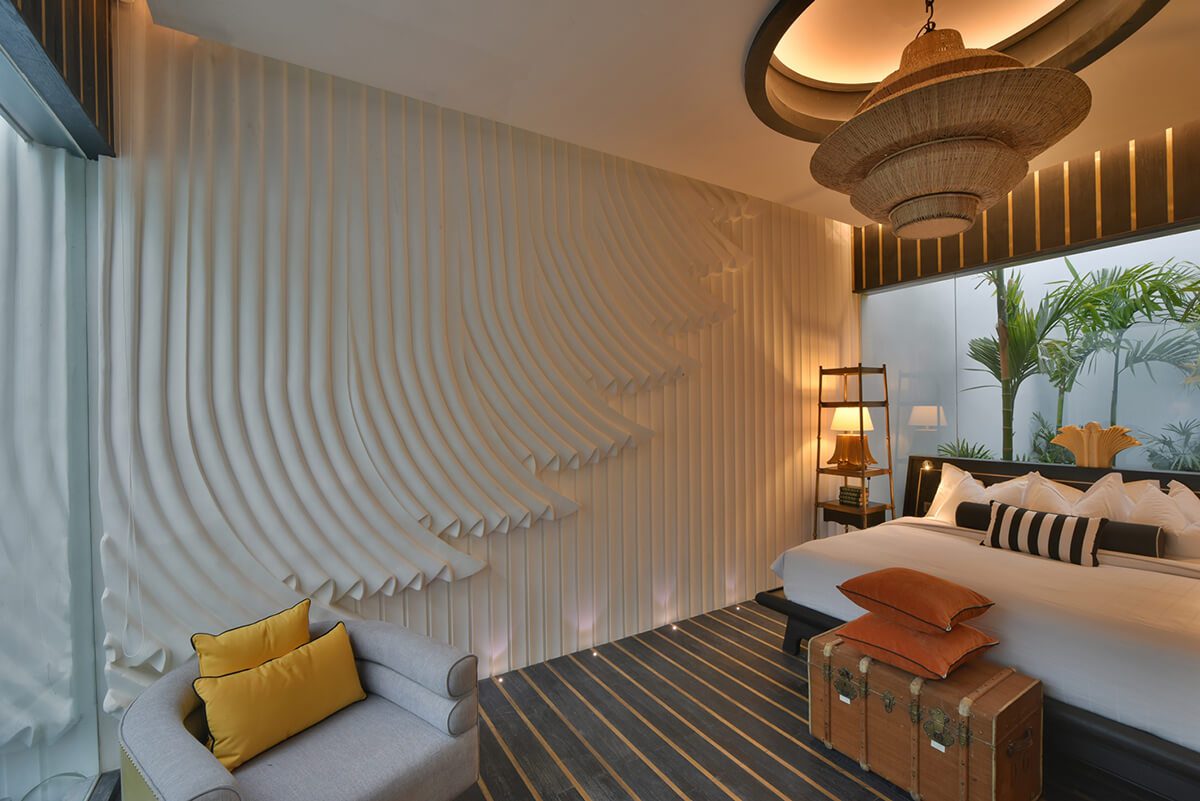
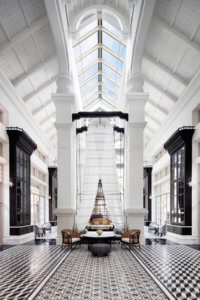
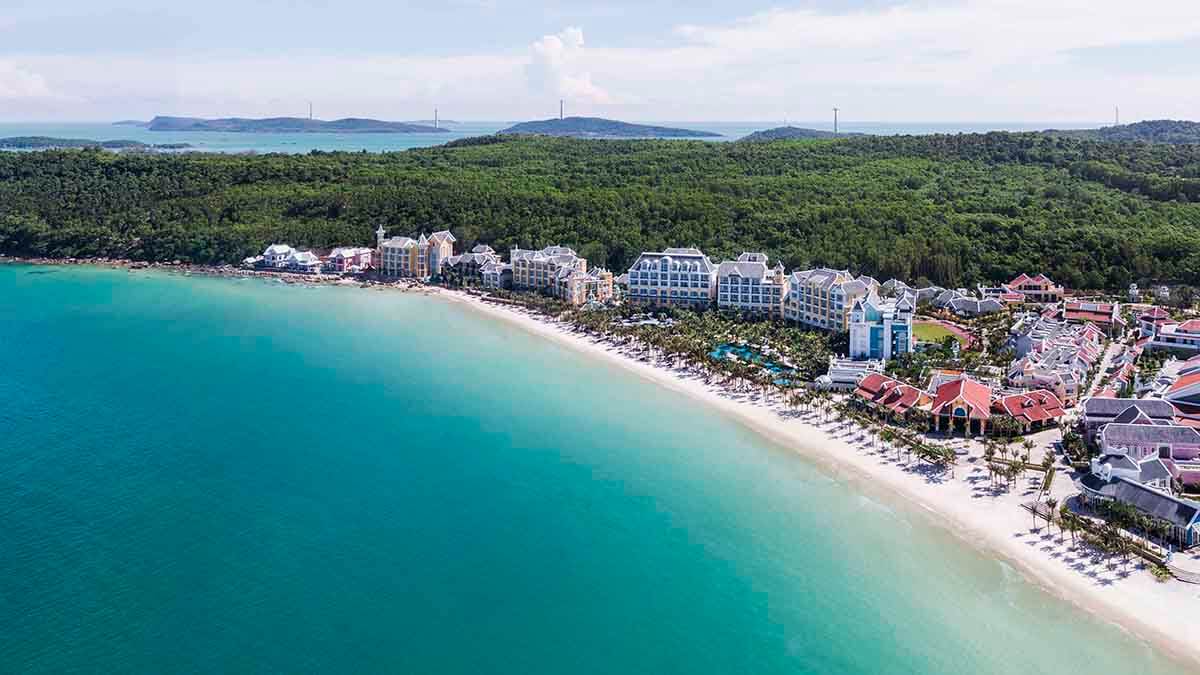
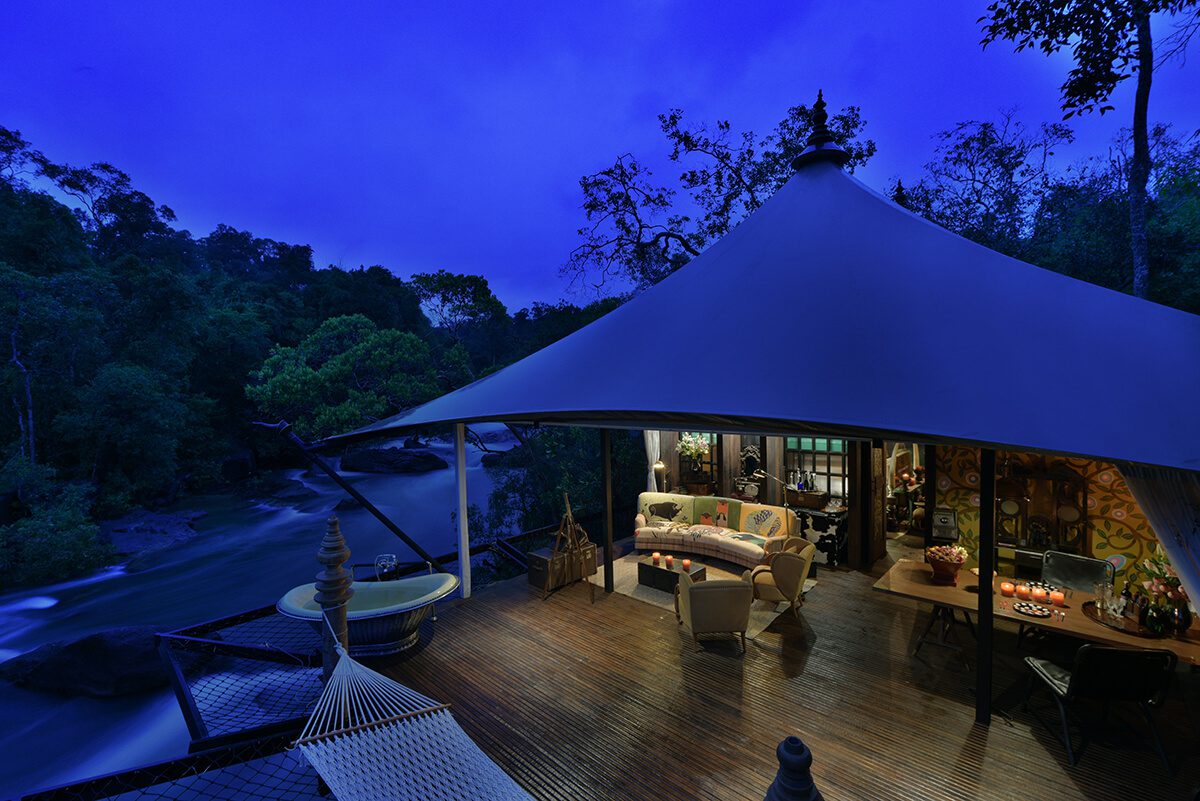
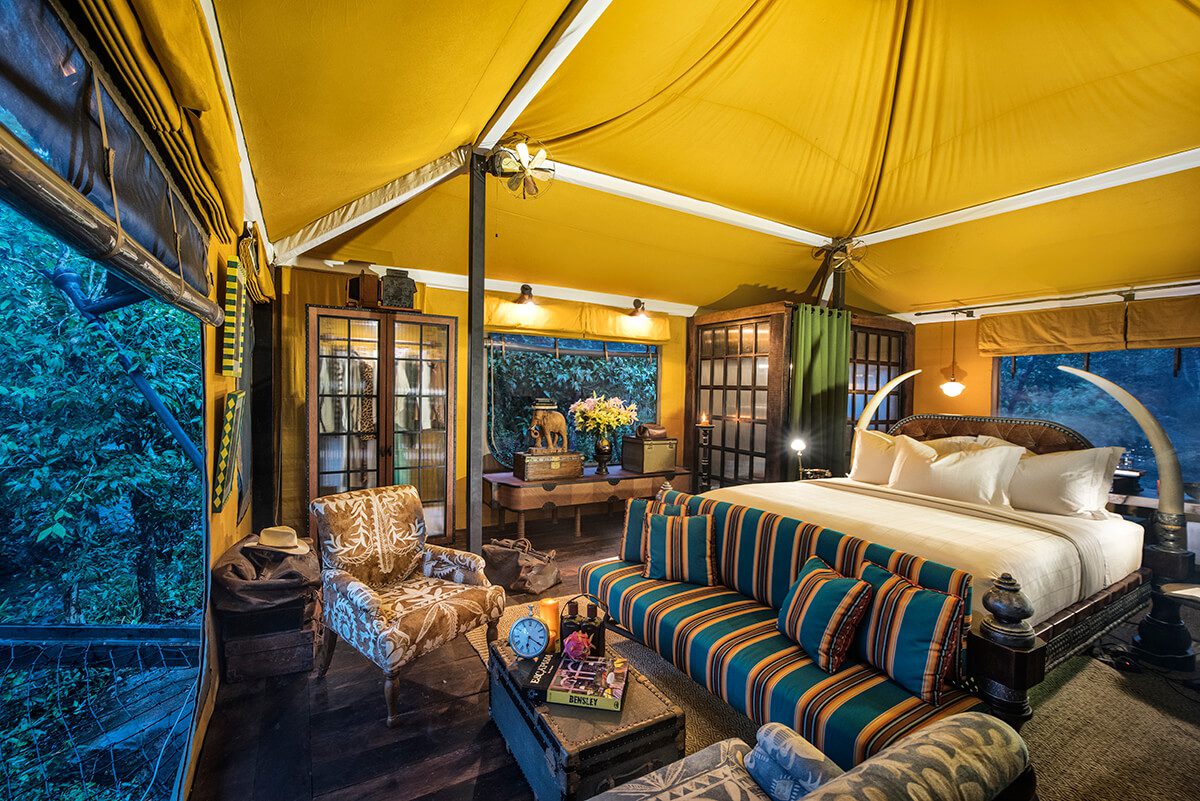
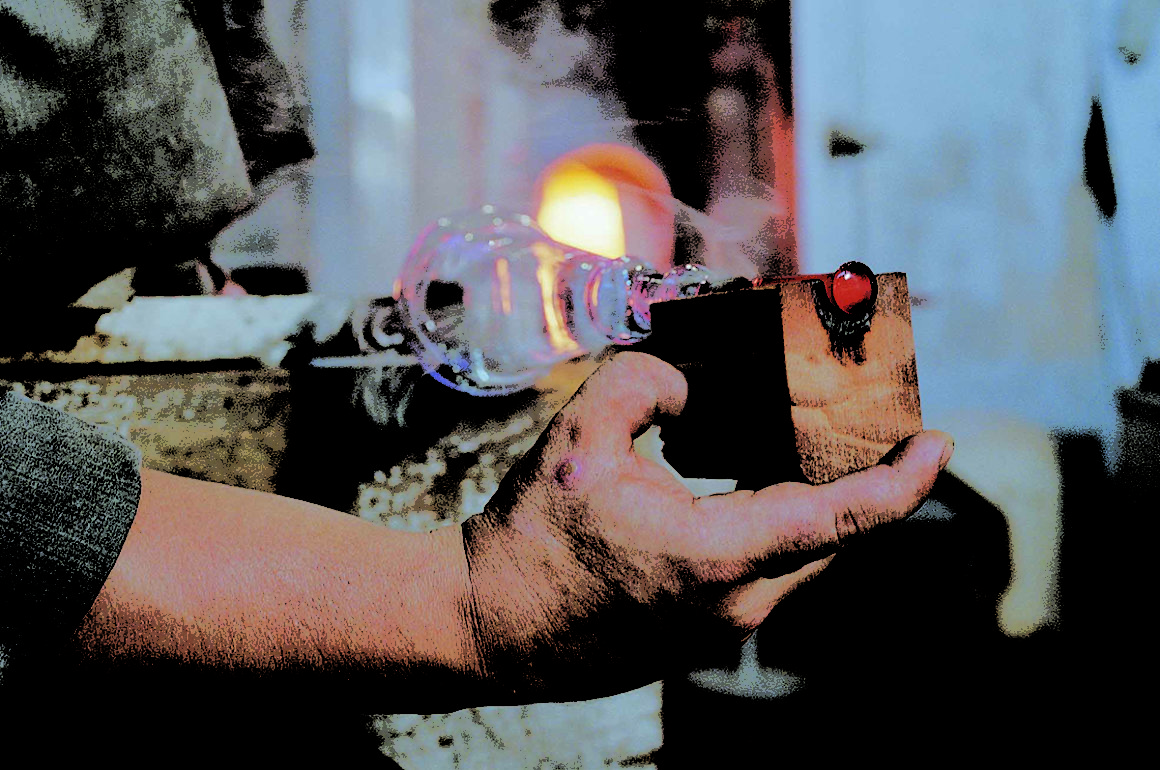
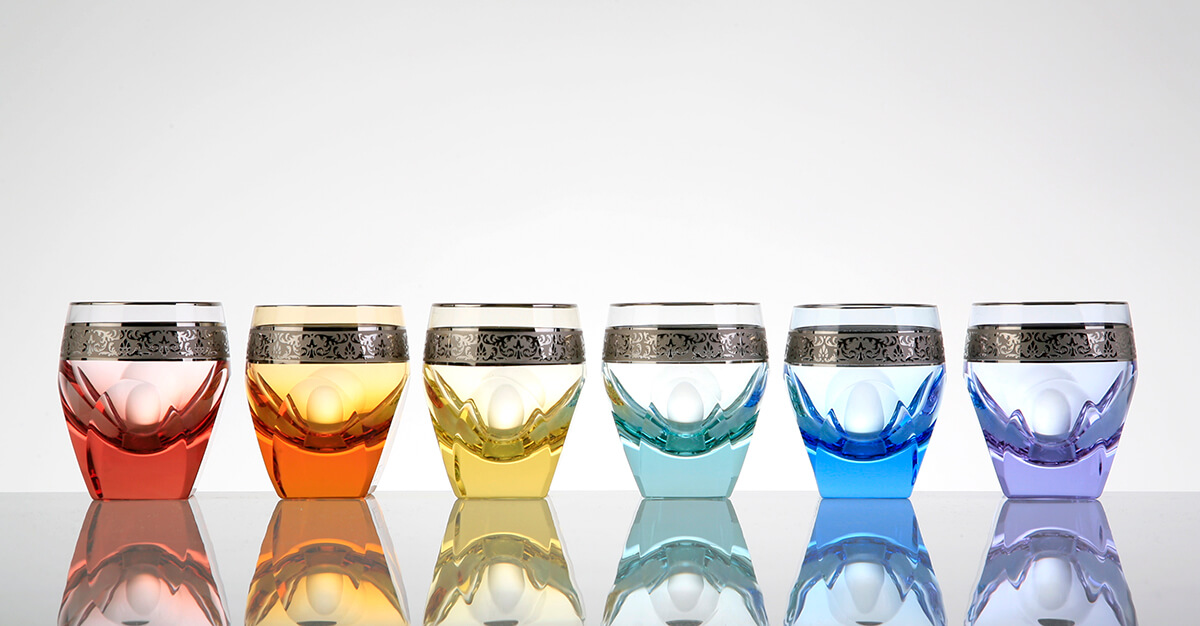
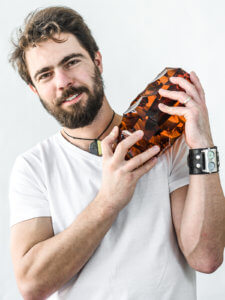
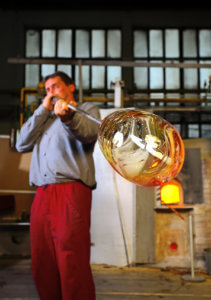
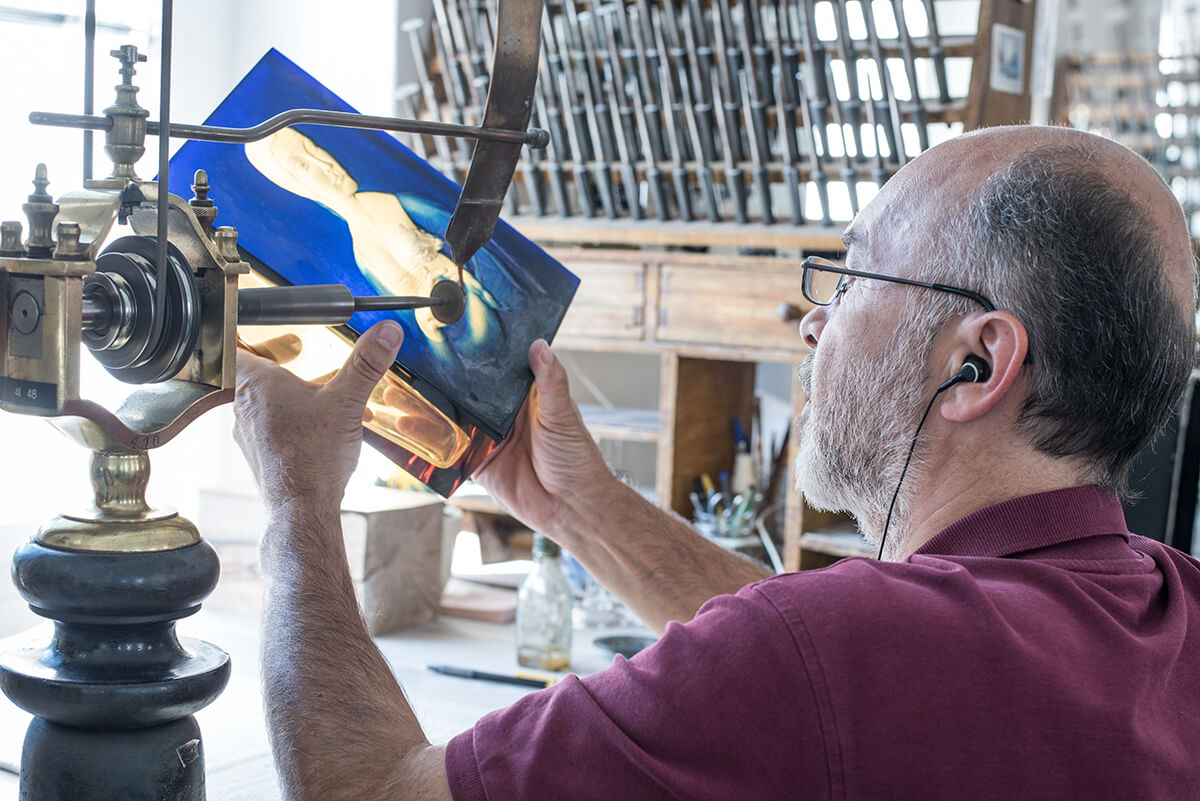
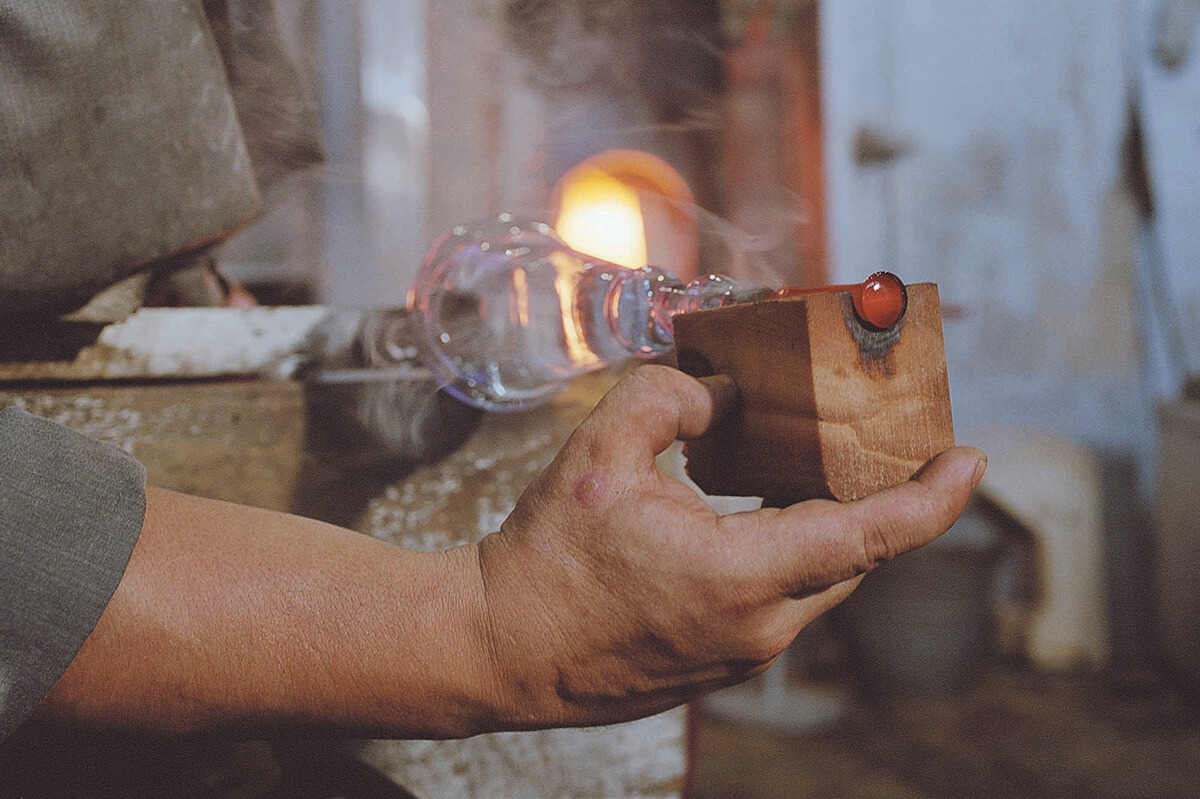
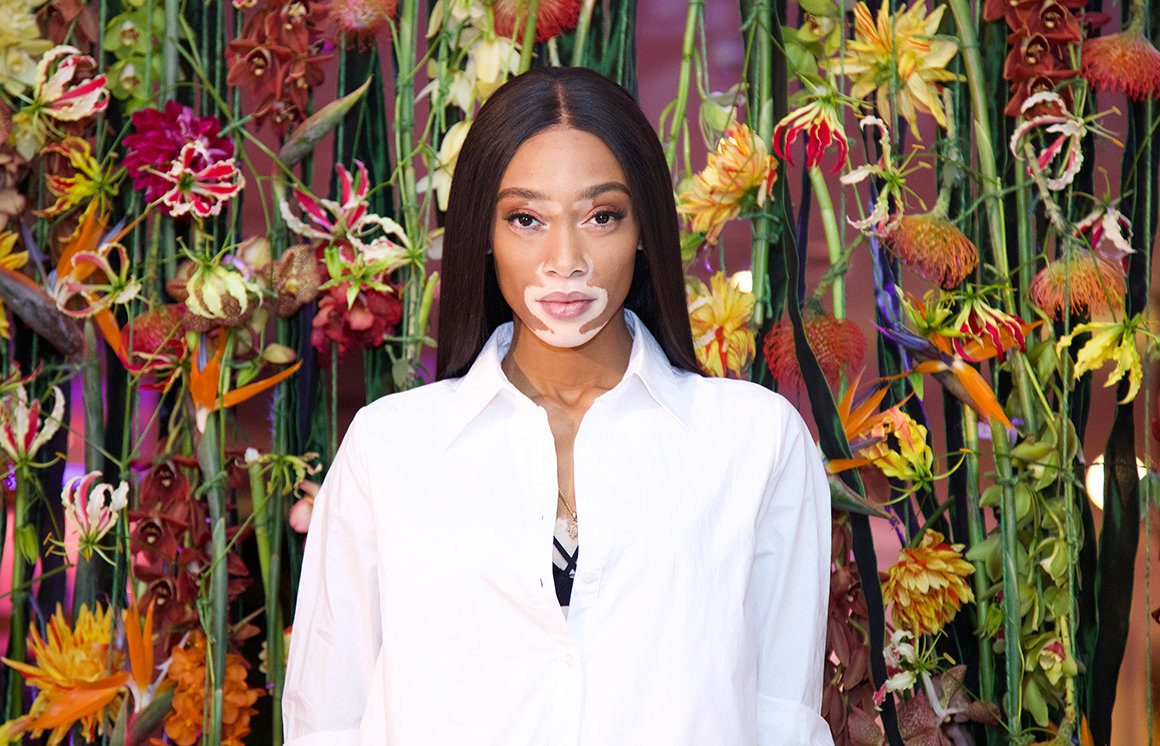



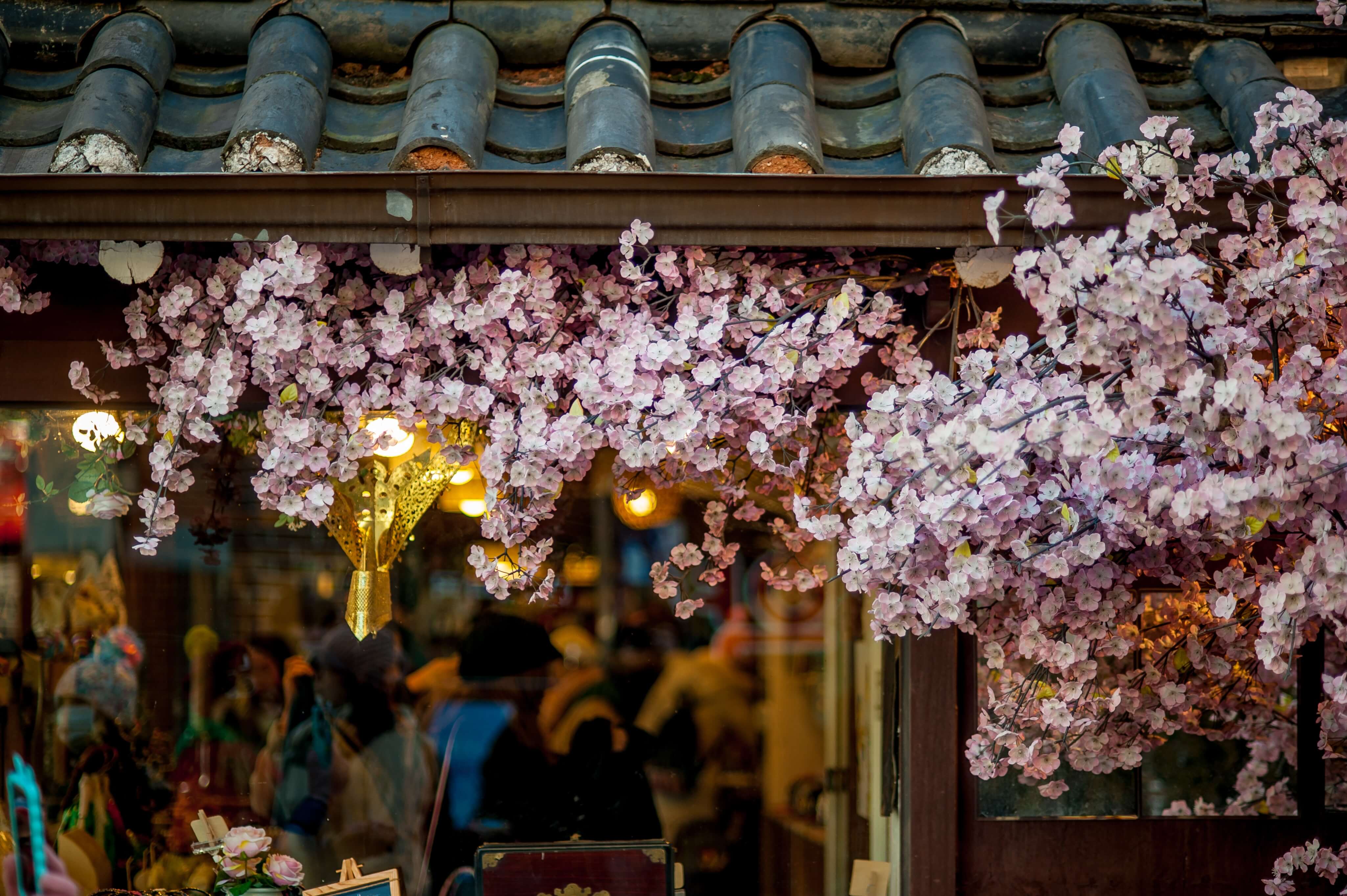


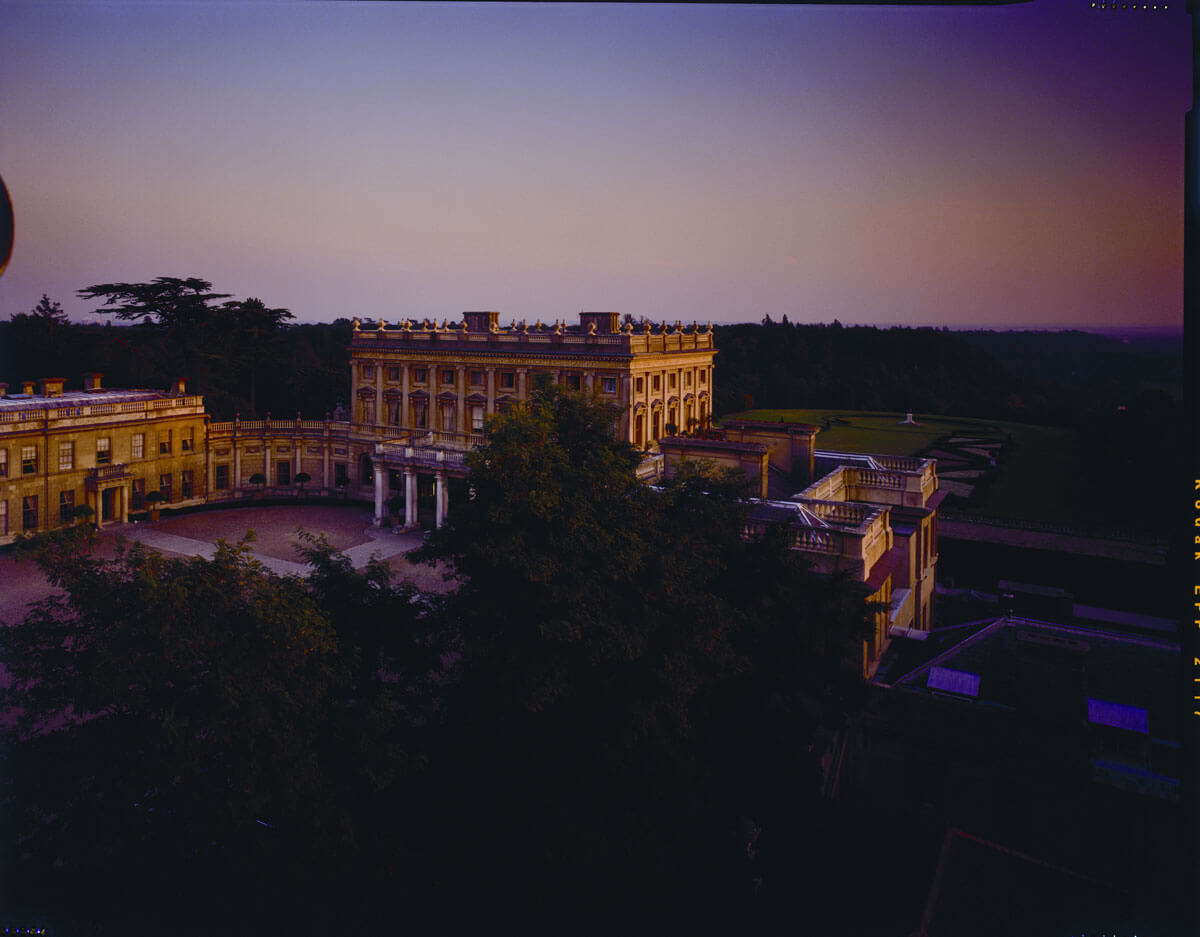
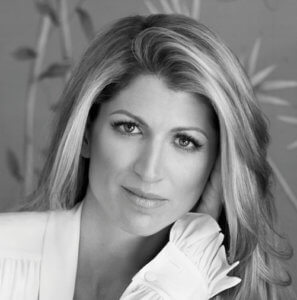
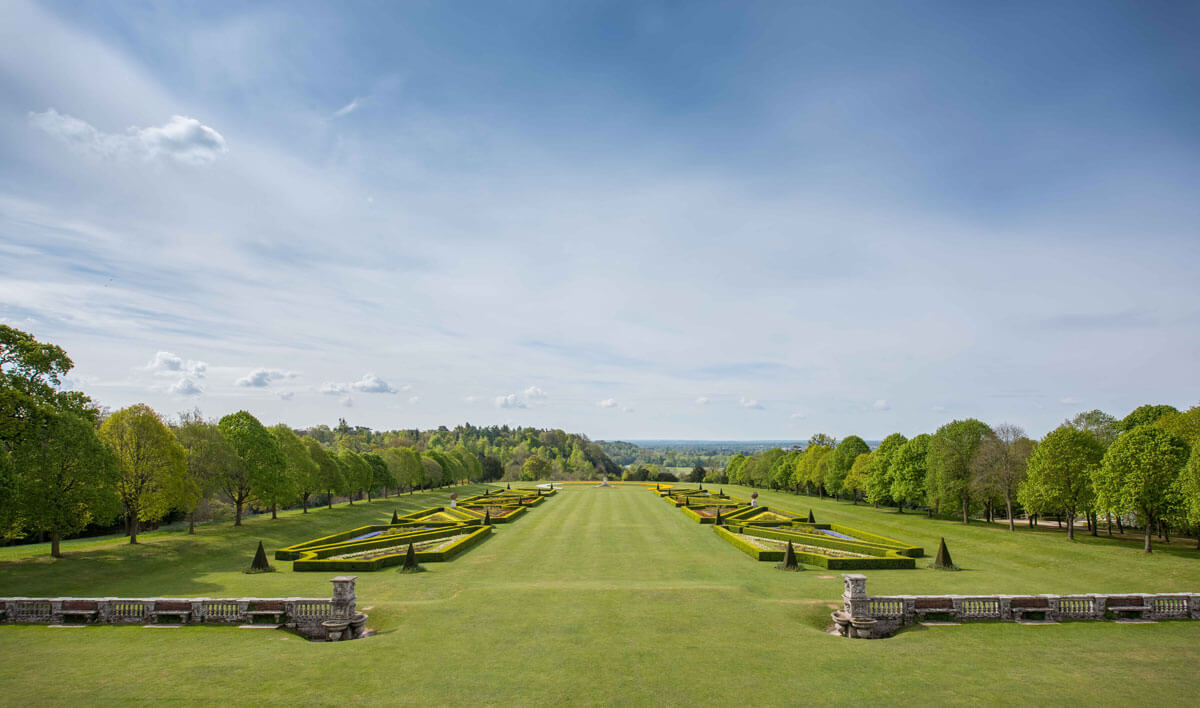
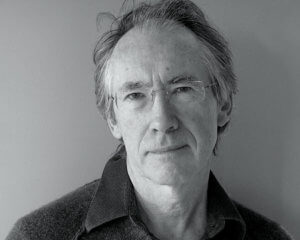
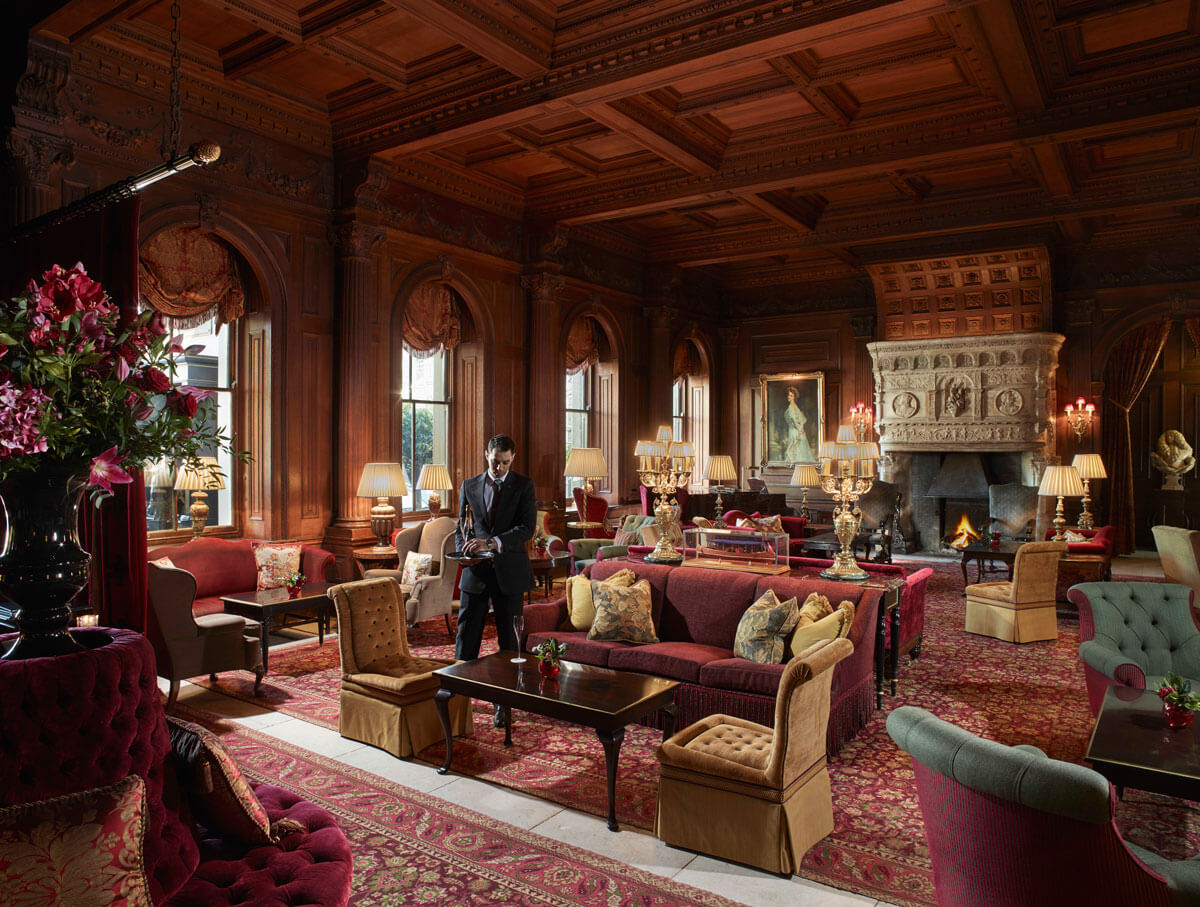
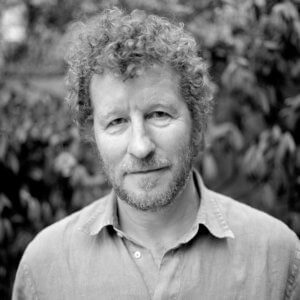

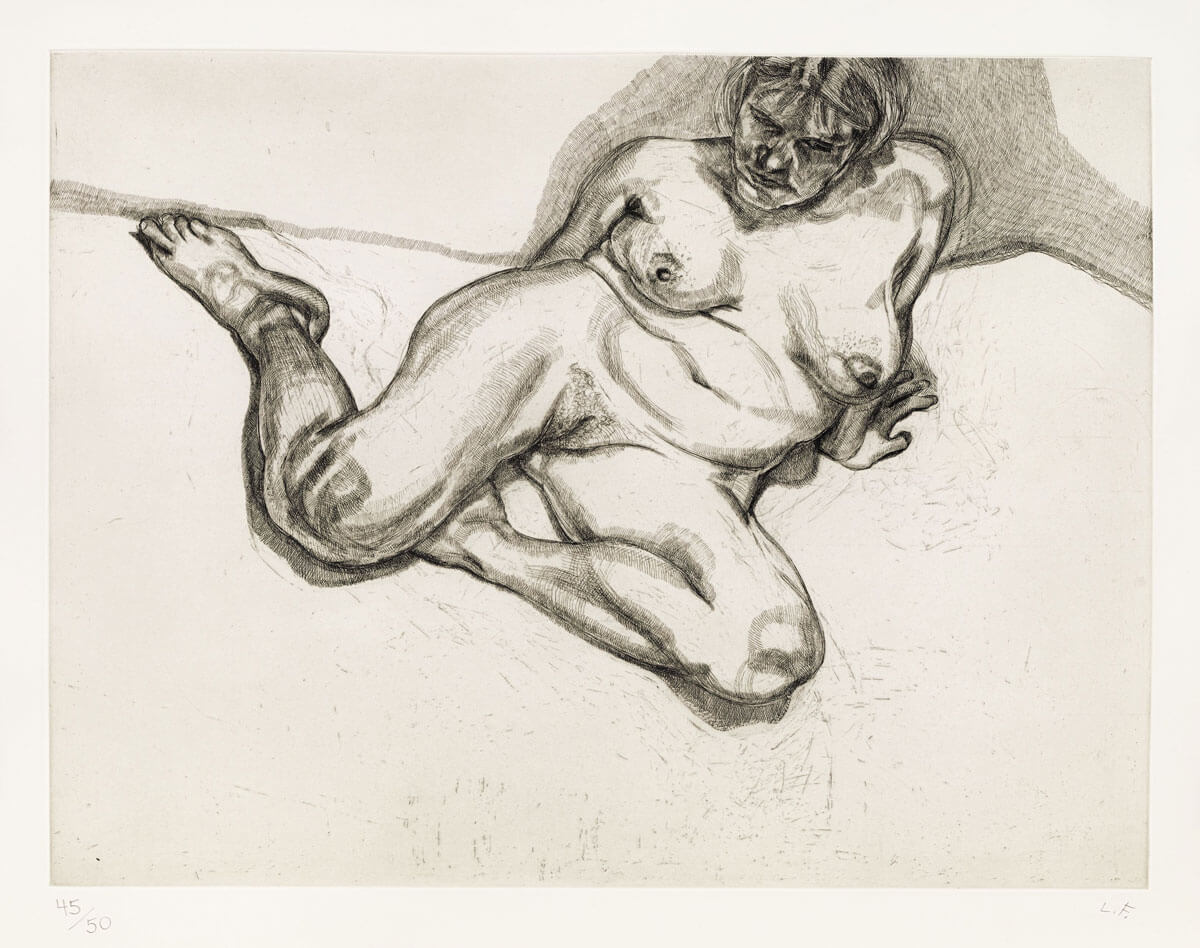

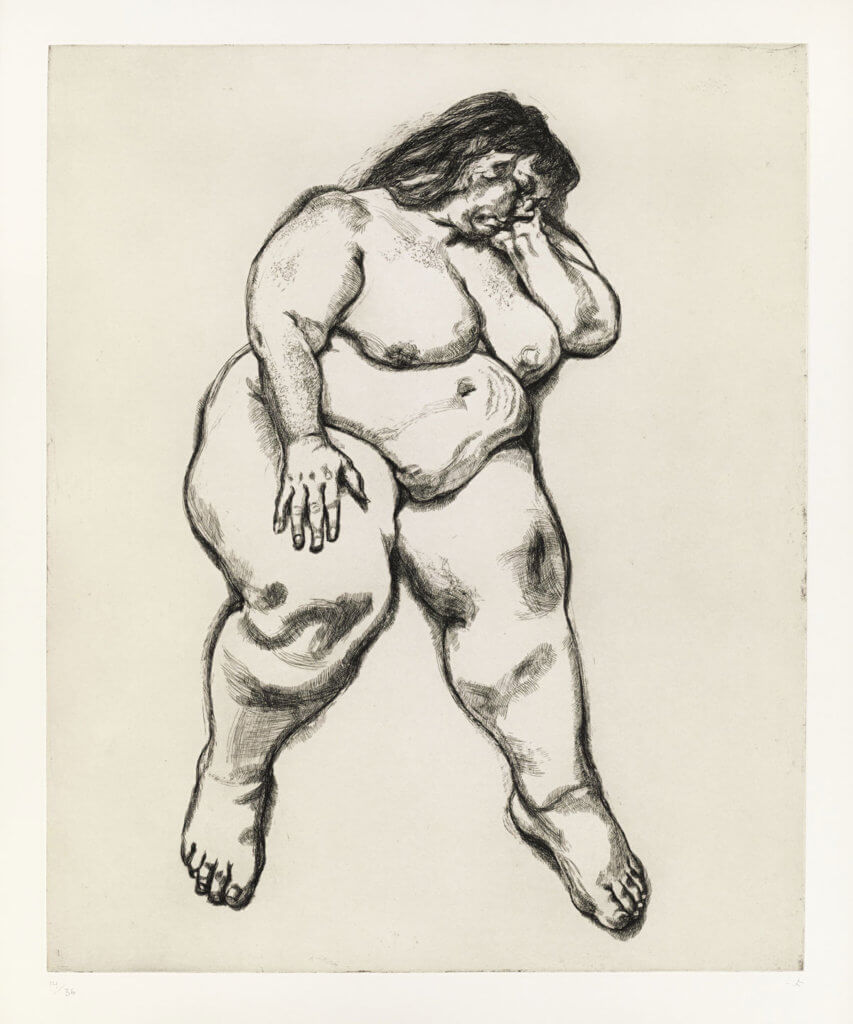
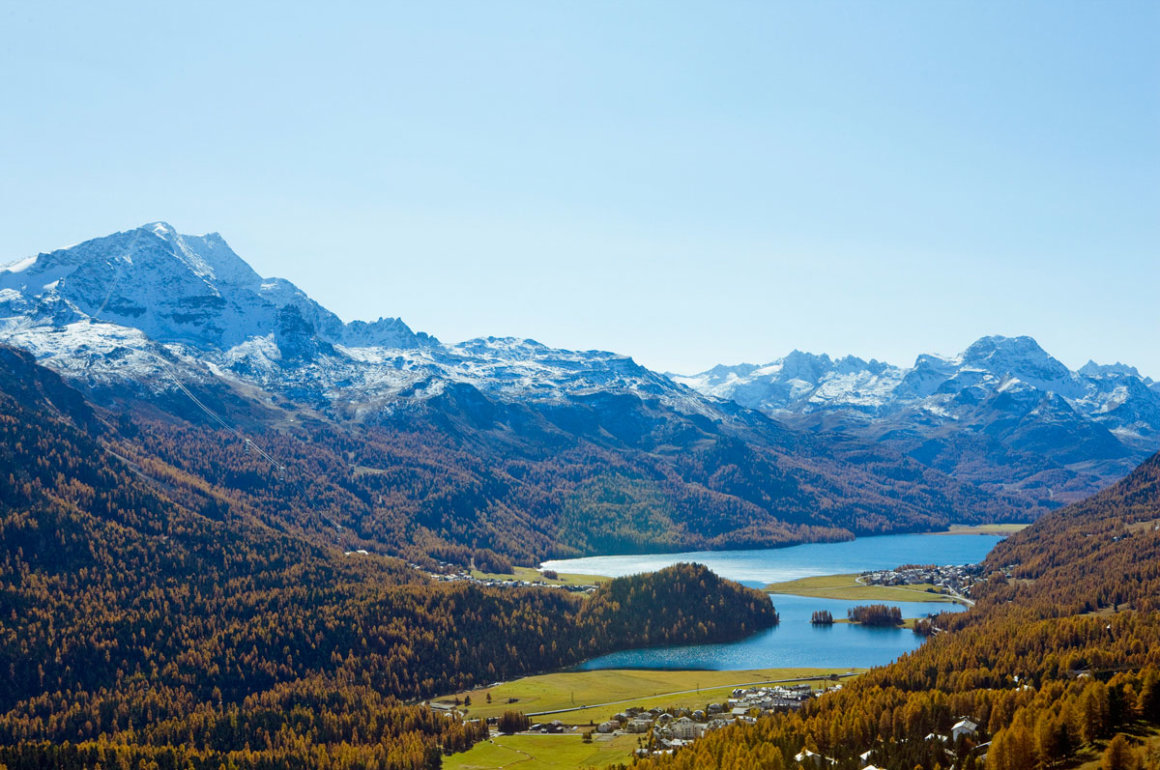






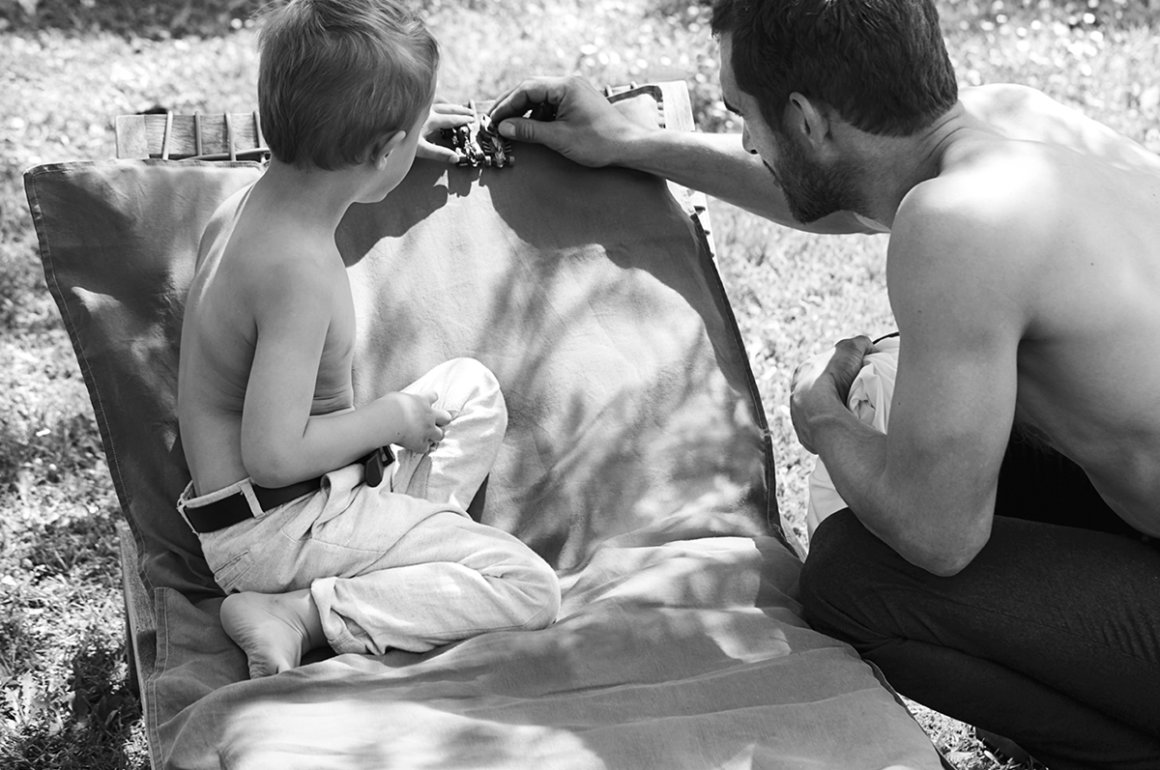
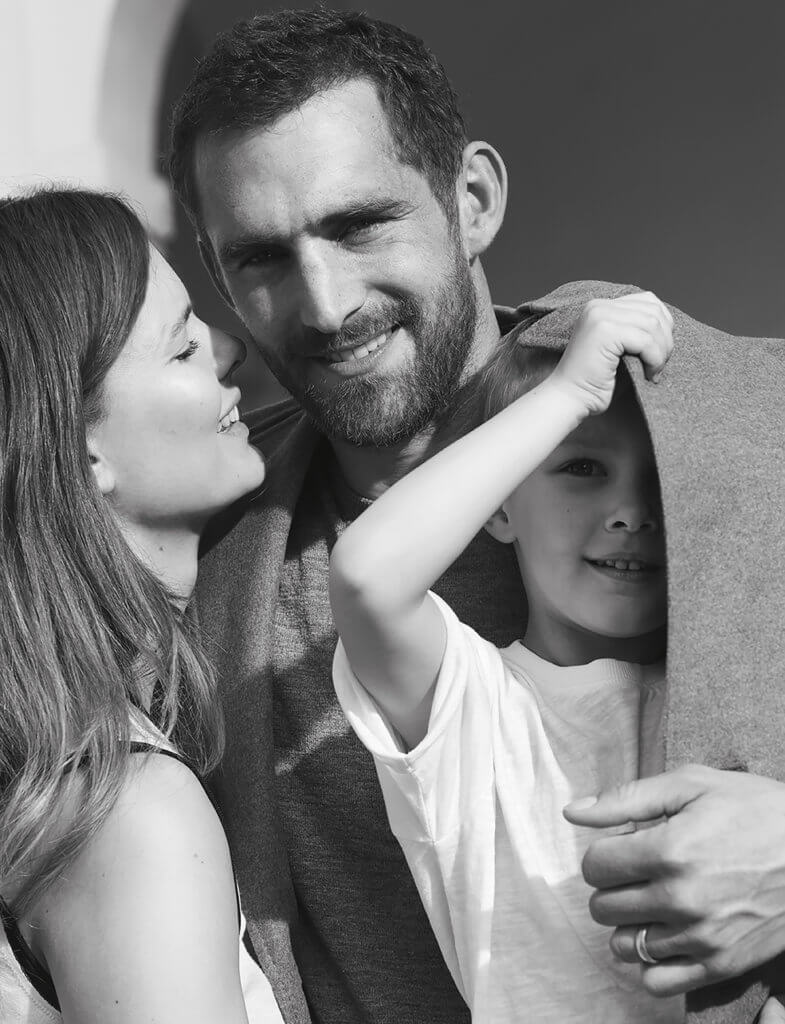

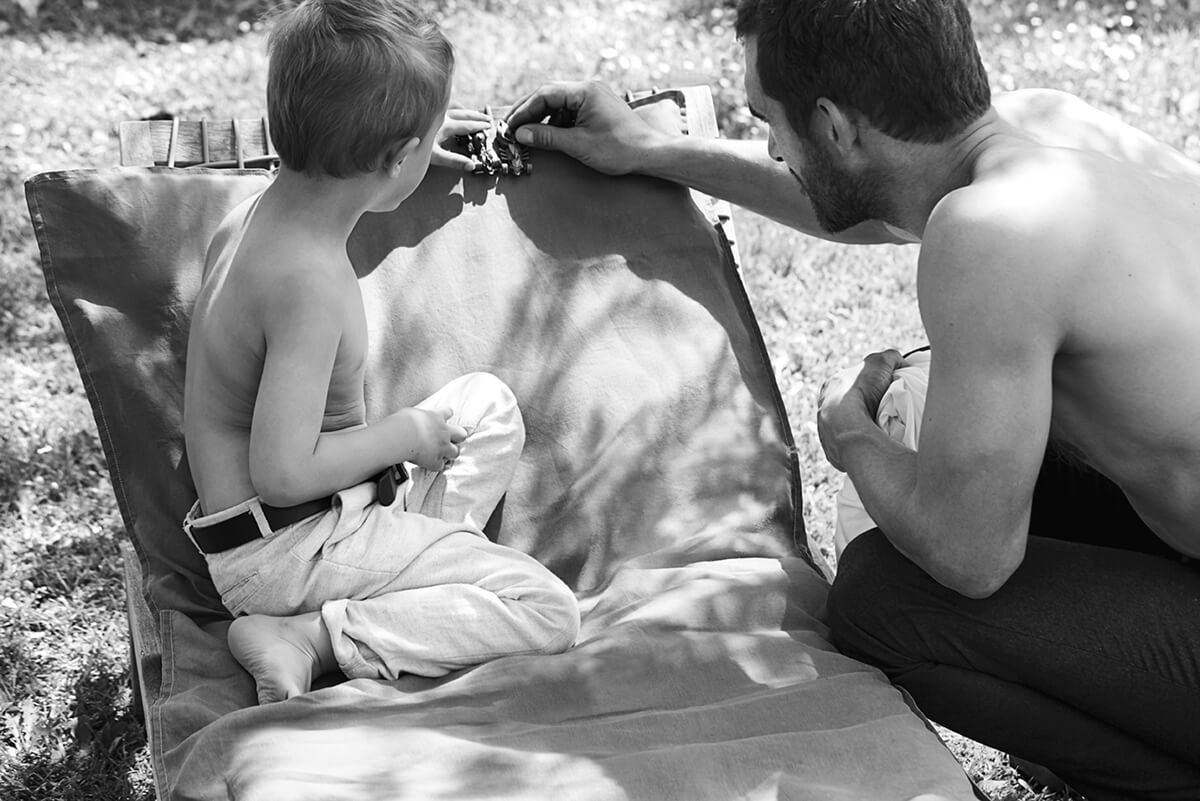







Recent Comments